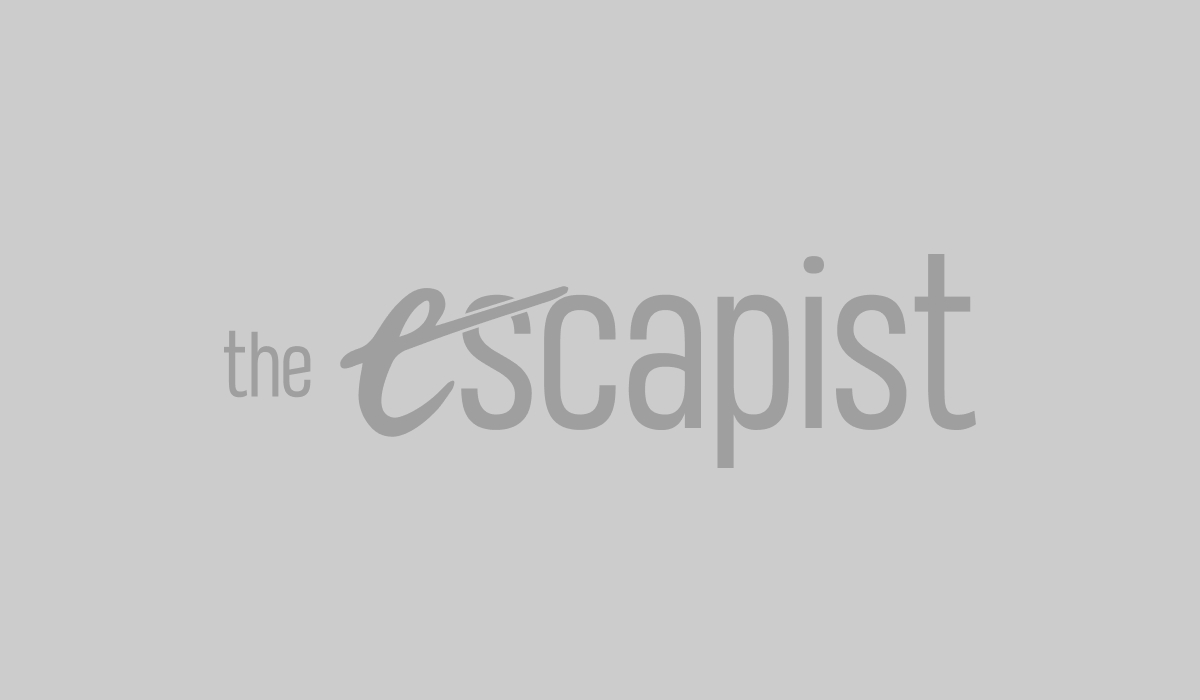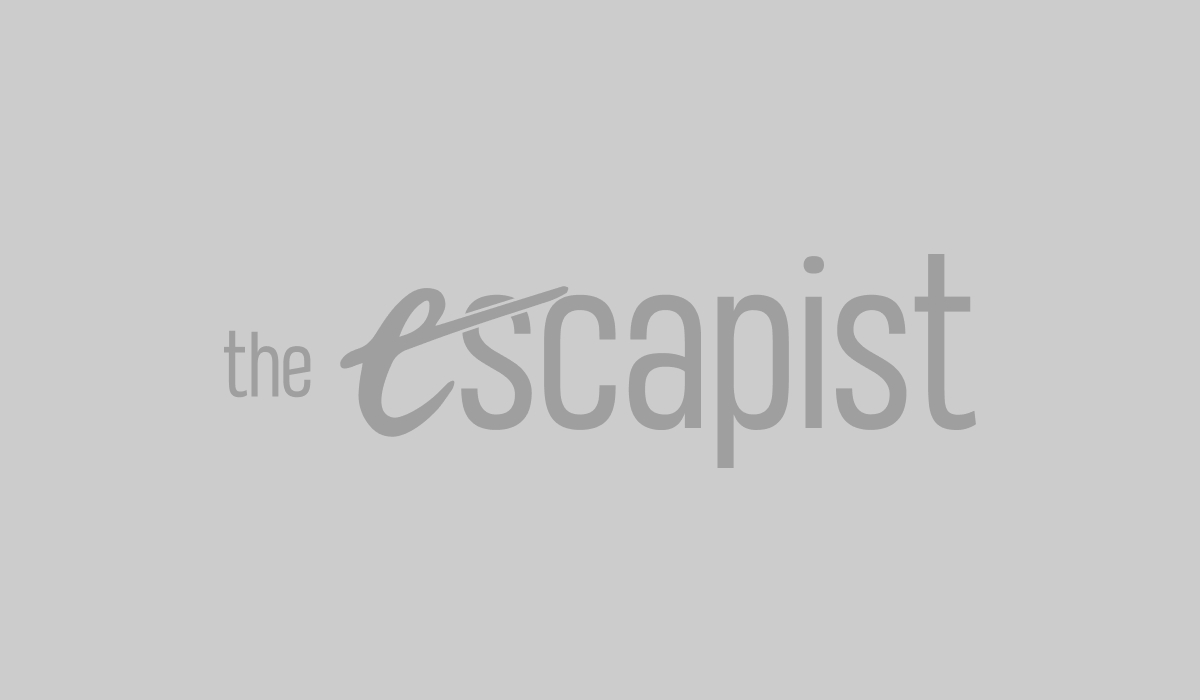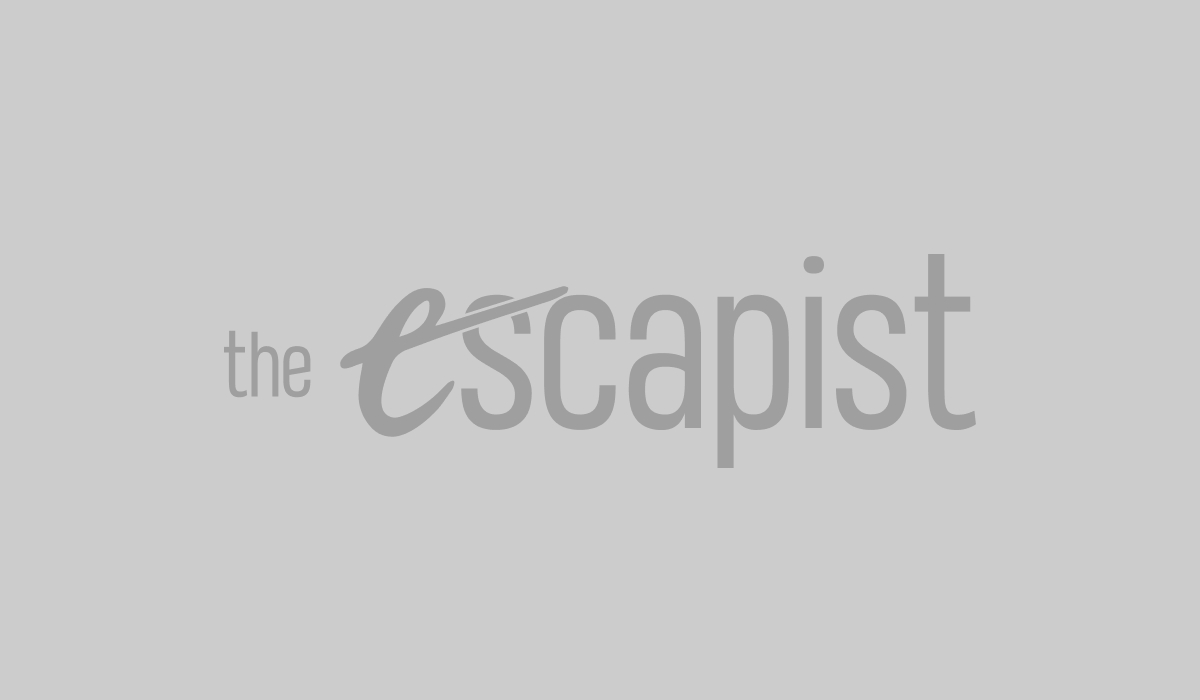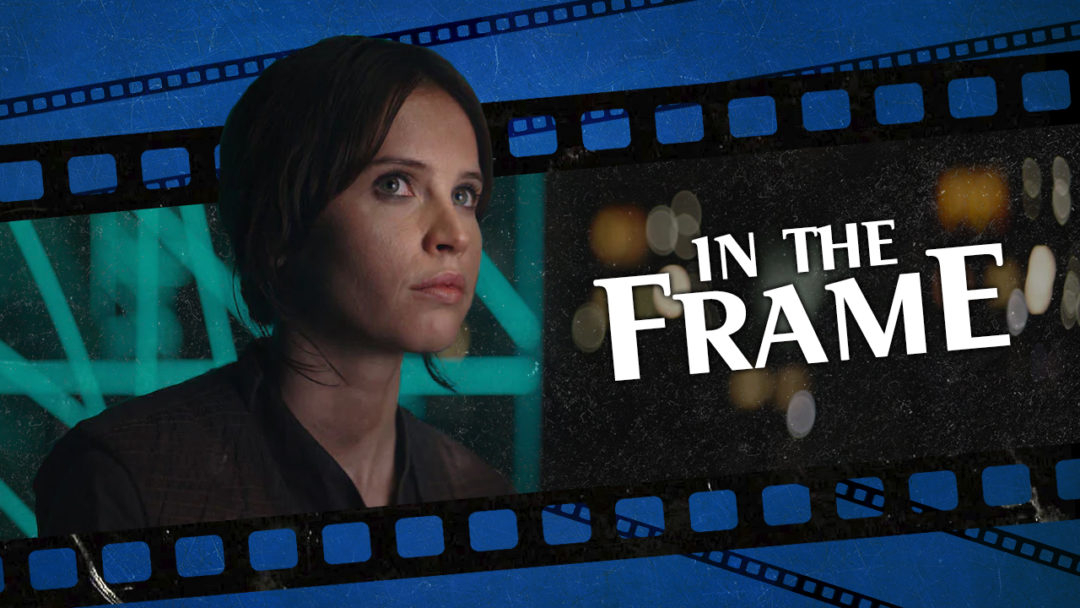Rogue One: A Star Wars Story was the perfect film to launch the “Star Wars Story” branding, the first feature-length live-action theatrical Star Wars film to exist outside of the main franchise.
On the surface, Rogue One allows Disney to have its cake and eat it. A lot of the sequel trilogy is rooted in the narrative logic and iconography of the original trilogy, arguably preventing the sequel trilogy from breaking new ground. Existing outside of the larger nine-film saga, Rogue One can be set against the backdrop of the original films. It unfolds in the gap between Revenge of the Sith and A New Hope, with the ending of Rogue One very deliberately tying into the opening scenes of Star Wars. This justifies the nostalgia in both narrative and production terms.
However, the fact that Rogue One exists outside of the rigid structural constraints of those nine films allows a greater deal of freedom in the way that it wants to tell its story. It is the first Star Wars film that is unburdened by the demands of the larger universe. It does not need to set a direction for the larger franchise, and it does not need to be a defining statement of what Star Wars is.
Rather, Rogue One exists in conversation with the larger Star Wars franchise. It is defined by its relationship to those films and the fact that it stands apart from them. It is something of a paradox. Rogue One is so important precisely because it is the first theatrically released live-action Star Wars film that doesn’t carry franchise-defining importance.

The film gets to trade on familiar Star Wars iconography without having to adhere to archetypes. The characters that populate Rogue One are recognizably derived from familiar templates. The rogue Cassian Andor (Diego Luna) obviously recalls Han Solo (Harrison Ford). The reprogrammed droid K-2SO (Alan Tudyk) evokes both C-3PO (Anthony Daniels) and Chewbacca (Peter Mayhew). Likewise, Jyn Erso (Felicity Jones) is defined by the same parental anxieties that drove other Star Wars protagonists like Luke Skywalker (Mark Hamill) and Rey (Daisy Ridley), trying to connect with her father Galen (Mads Mikkelsen).
However, Rogue One has the unique freedom to warp familiar elements into something a little bit stranger. Cassian is allowed to be even more violent and traumatized than lovable rogues like Han Solo. He is introduced murdering an innocent informant (Daniel Mays) to prevent his falling into Imperial custody, and he is implied to suffer from post-traumatic stress.
Likewise, the Star Wars saga frequently depicts planetary destruction, most notably with the Death Star in A New Hope and Starkiller Base in The Force Awakens. In these cases, the destruction of an entire planet is often treated as an impersonal affair, spectacle and explosions punctuated with reaction shots.
Rogue One provides a greater sense of scale. While a lot of the third act was reportedly directed by Tony Gilroy, the film remains credited to Gareth Edwards. Edwards is best known for his work on films like Monsters and Godzilla. His adaptation of Godzilla has been accused of not featuring enough action, but it does capture the enormousness of the monster as he moves through the world.
The Death Star often appears in Rogue One looming over the horizon quite fittingly like a moon. In establishing shots from space, it casts a shadow over the surface of the planet while appearing dwarfed itself. From the ground, the station occasionally causes an eclipse. As the Death Star wreaks havoc, Rogue One keeps the audience at ground level.

This intimacy is the most interesting part of Rogue One, and it represents a welcome update to the classic Star Wars dynamic. When George Lucas created Star Wars in the late seventies, he envisaged it as a parable for the Vietnam War. The Empire was a stand-in for the United States, with the Death Star working as an allegory for the nuclear bomb or the carpet-bombing of Cambodia.
Vietnam has been described as the first properly televised war. Lyndon B. Johnson has suggested that the war was lost on television, when audiences were confronted with the images of the horrors happening on the other side of the planet. Vietnam left lingering scars on the American (and global) consciousness that are still being worked out even beyond Star Wars.
At the same time, Rogue One understands that the audience’s frame of reference has changed in the 40 years since Star Wars. While Vietnam came into American homes via television, those images were censored. Modern images of warfare permeate social media and spread like wildfire on the internet, horrific acts of brutality like graphic executions.
Rogue One understands that the audience’s understanding of terrorism and revolution has shifted. Rogue One updates the central Vietnam metaphors of the original trilogy to reflect the War on Terror. Star Wars films are saturated with desert worlds like Tatooine or Jakku. However, the use of Jedha in Rogue One as a spiritual and resource-rich desert world obviously evokes the Middle East.
Rogue One was part of a larger set of stories in the middle of the decade engaged with the idea of revolution as a horrific affair, even when necessary: Mr. Robot, Ex Machina, the Planet of the Apes series, The Dark Knight Rises, The Girl with All the Gifts. As such, Rogue One takes the framework of the original Star Wars films and applies it to modern understandings of such violence.

Notably, revolutionary leader Saw Gerrera (Forest Whitaker) is introduced as an obvious analogy to Darth Vader. “There is not much of me left,” the half-man and half-machine terrorist insists, and he is talking figuratively as much as literally. He breathes heavily, and he is introduced torturing Bodhi Rook (Riz Ahmed) for information as Vader does with Leia (Carrie Fisher) in A New Hope.
Rogue One offers a much less romantic and much more brutal depiction of the sort of insurgent campaign that inspired the original Star Wars. However, this speaks to a generation that has grown up watching up-close footage of drone strikes and streaming constant uncensored live updates of the horrors unfolding in places like Aleppo.
Rogue One acknowledges that these conflicts are muddier than people would like, that the soldiers who fight them carry their own trauma. It seems highly unlikely that any of the characters who lived through horrors like those depicted in A New Hope, The Empire Strikes Back, The Force Awakens, or The Last Jedi would be as chipper and wry as Han Solo or Poe Dameron (Oscar Isaac).
There is something very human about the characters in Rogue One, all of whom are much more damaged and dysfunctional than their counterparts in the nine central films. Even the weird possessive and fraught dynamic between Cassian and K-2SO is different than the dynamic between Han and Chewbacca, a sense that each works as the other’s coping mechanism.
Rogue One does suffer in its final act, when the story has to take on the more conventional structure and rhythms of a Star Wars movie. Even allowing for that, the climax works best when it remains tight on the intimate drama of Erso and Ren and the ground conflict that rages on the surface of Scarif rather than the dog fights (and fan service) taking place above it.
Still, Rogue One allows Disney to bring the Star Wars saga further into the 21st century, even beyond the diverse casting in The Force Awakens. At its core, Rogue One understands that the story itself hasn’t changed, just the way that the audience sees it.





